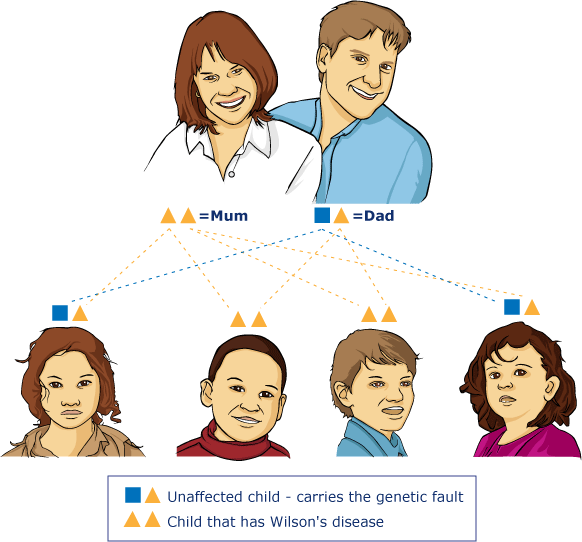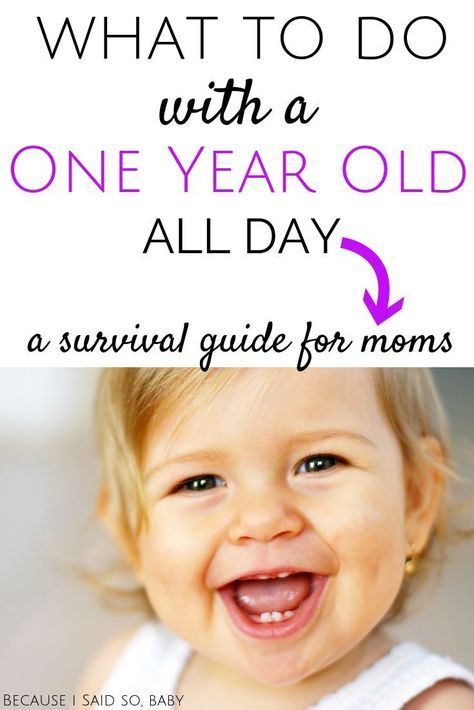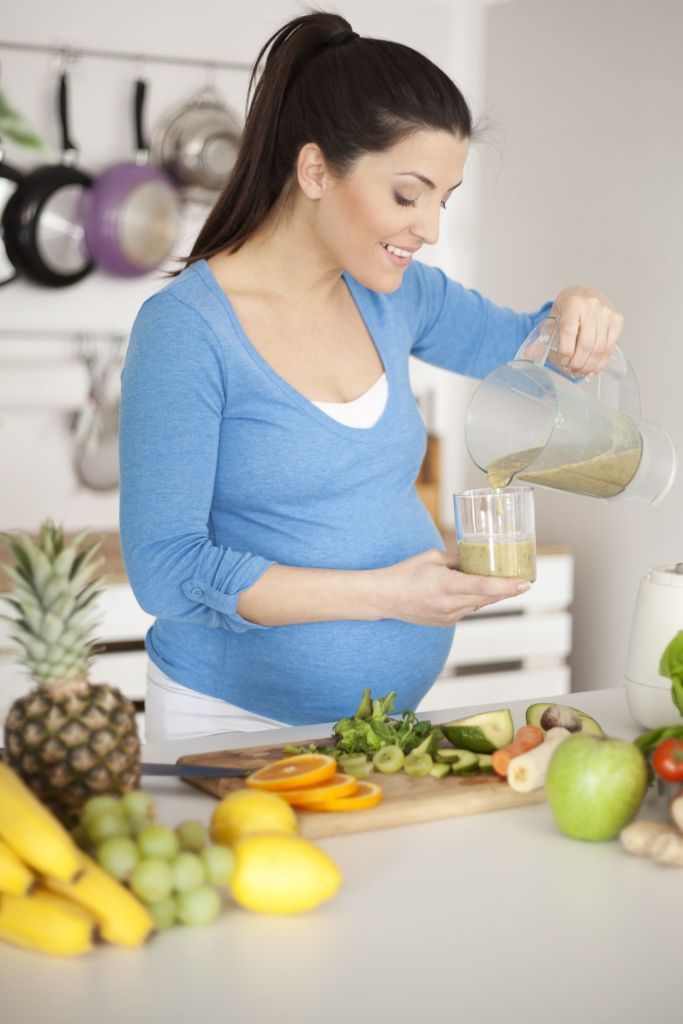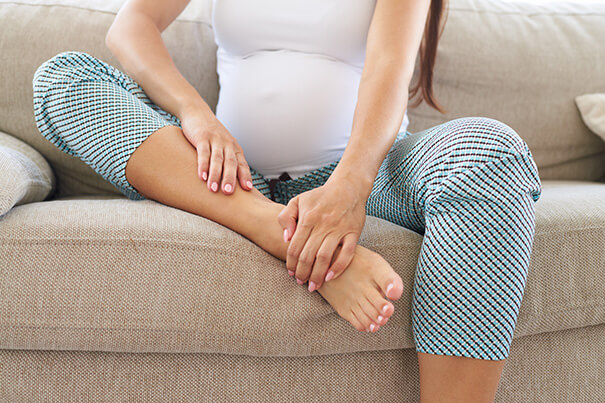Third c section what to expect
Recovering from My 3rd C-Section – Practiced Mom
I am 7 weeks out from my c-section and feeling really good! For those of you who have had c-sections before, you know they are no small matter to recover from. The first, for me, was the worst. But with my second and third, both my pain and mobility was more manageable.
If you have never had a c-section, it’s hard to know how your body will recover. Some people have it better than others – luck of the draw, genes, body type, labor, doctor, other conditions – it all plays a part. Either way – it is important to remember that it is a major, major surgery and not following doctor’s orders and not taking care of yourself properly after your cesarean can lead to really bad things for your body.
If you are about to recover for your first (second, or third!) cesarean birth – here is my take:
- Truly follow your doctor’s orders. Likely they will require not lifting anything heavier than your baby for at least 6 weeks following delivery.
They might also recommend never lifting objects (including things as light as your baby) from the ground, avoiding sudden physical movements or positions that could cause straining. Sex is also off the table. This all applies to the first six weeks post-surgery, normally.
- Listen to your body – beyond just the doctor’s orders. Try to relax, allow yourself to heal. Don’t push yourself to get all your laundry done, walk up and down flights of stairs doing chores, or push yourself to get back into any sort of “shape” right away. If people are offering to make you dinner or help take care of the house or baby, take all the help you can get.
- Get out! If your doctor allows it (some highly recommend it) – get out for some light walks. Keep your body moving throughout the day, but don’t push it. It is important to keep blood flowing – and will overall help with your recovery.
- Take care of your incision from day one! Talk to your doctor about this prior and heed their advice above all else.
 However, I found out the hard way that I scar badly – something I wouldn’t have known before. So, after my first baby I talked to two dermatologists and a plastic surgeon about how to prevent a keloid scar for my next baby. Here is what they all recommended – as soon as you get the go ahead from your OBGYN at the two week check-up, apply scar strips and basically never take them off! Wear them as much as you can, washing and checking on the scar every couple of days. If you notice you are starting to develop a keloid scar – visit a dermatologist ASAP to talk about a small amount of steroid injections you can get into the scar to prevent it from continuing to grow. I wear my scar strips 24/7 and take them off only twice a week to check on my incision and wash the skin thoroughly.
However, I found out the hard way that I scar badly – something I wouldn’t have known before. So, after my first baby I talked to two dermatologists and a plastic surgeon about how to prevent a keloid scar for my next baby. Here is what they all recommended – as soon as you get the go ahead from your OBGYN at the two week check-up, apply scar strips and basically never take them off! Wear them as much as you can, washing and checking on the scar every couple of days. If you notice you are starting to develop a keloid scar – visit a dermatologist ASAP to talk about a small amount of steroid injections you can get into the scar to prevent it from continuing to grow. I wear my scar strips 24/7 and take them off only twice a week to check on my incision and wash the skin thoroughly.
- Have the right gear ready. Have a soft ice pack needed, and a comfortable chair/pillows ready at home. Wearing non-slip socks or slippers is also important at home. I am also a big fan of “recovery underwear” but that is a personal preference!
For more about having a cesarean, read my posts here:
Everything You Need for A C-Section Recovery
My First’s Birth Story: Labor and a C-Section Birth
What to expect, and 9 tips for a faster recovery
Having a cesarean delivery, which people also often refer to as a C-section, can have a big impact on a mother’s mental and physical health in the weeks afterward. To speed up their recovery, people can try various lifestyle and wellness methods that may help.
To speed up their recovery, people can try various lifestyle and wellness methods that may help.
C-sections are common, accounting for an estimated 31.9 percent of all deliveries in the United States. Although common, a C-section involves major stomach surgery.
The procedure can be lifesaving for both the mother and baby, but it can carry risks and may take a long while to recover from afterward.
Self-care, setting reasonable expectations, and having a supportive medical team can make the recovery from a cesarean section easier.
Many guides suggest that full recovery from a C-section takes 4 to 6 weeks. Yet every person is different, and much research suggests a significantly longer recovery time. Some studies, for example, have found that 60 percent of women have some pain in the incision 24 weeks after delivery.
A trusted doctor, a supportive community of other people who have had cesarean deliveries, and a willingness to ask questions can help with understanding the recovery process.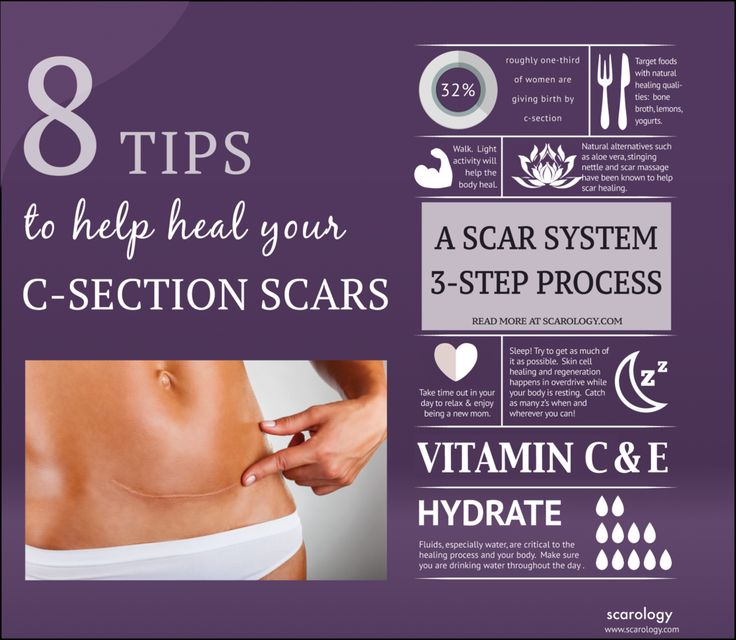
Immediately after delivery
Most women undergoing a C-section receive an epidural or spinal block. This form of anesthesia numbs the body but still allows the person to be awake.
It can take several hours to regain feeling after an epidural. It will not be possible to walk or use the bathroom without assistance, during this immediate postoperative period. Most women will have a catheter for several hours after delivery to help them urinate.
If general anesthesia is needed, waking up can take some time. A woman may feel groggy, nauseated, afraid, or confused as she comes out of anesthesia.
For many new parents, the most significant concern is the baby. It used to be routine for hospital staff to take the baby from the mother following delivery. Now, many hospitals offer so-called gentle cesarean deliveries.
Gentle C-section means that if the baby is doing well, it can be left to rest on the mother’s chest or be held by another caregiver while the surgeon sews up the incision in the mother’s abdomen.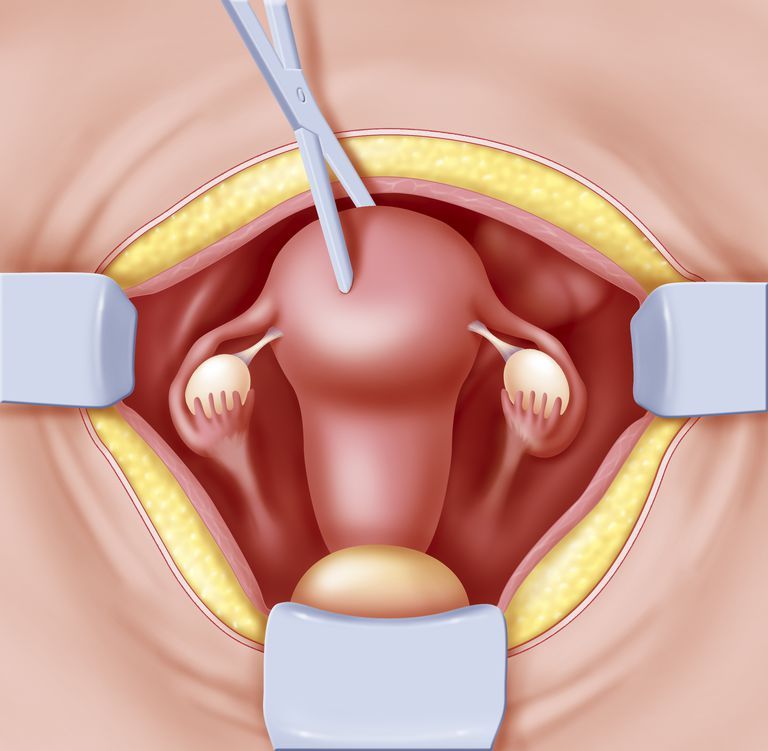
It is important for people to ask if this is an option before the procedure, and to communicate their wishes about the care of the baby with medical staff.
The first 24 hours
The first 24 hours following a C-section present many of the same challenges as a vaginal delivery. These include the mother adjusting to new parenthood, attempting breastfeeding, and fielding visitors. People who undergo cesarean deliveries face additional challenges.
Most people recovering from a C-section stay in the hospital 2 to 4 days.
Blood clots
One of the biggest risks of C-section is developing a blood clot in the leg. This is more likely in people who are overweight or who remain immobile for long periods.
Women who are unable to walk may have special cuffs on their legs designed to keep the blood moving. Otherwise, if they are able to walk, it is essential for them to get up and move around as quickly as possible.
Cramps
In the first 24 hours, it is common to feel pain at the site of the incision. Many women also feel post-birth cramps as the uterus shrinks. These sensations feel similar to menstrual cramps, but may be more intense.
Many women also feel post-birth cramps as the uterus shrinks. These sensations feel similar to menstrual cramps, but may be more intense.
Watching for infection
A nurse or doctor will carefully monitor the cesarean incision for signs of infection. They will also check vaginal bleeding. Even after a C-section, the uterus has to shed what is left of the pregnancy. Vaginal bleeding usually lasts 4 to 6 weeks after birth and is heaviest during the first days.
The first weeks
The risk of infection is highest during the first few weeks. Dangerous bleeding, which is known as a hemorrhage, is also more likely during this time.
People should avoid returning to their normal exercise levels for 6 to 8 weeks. Driving is usually not safe for 4 to 6 weeks also.
The wound may feel sore for a week or two. The muscle surrounding the wound may also feel weak. A doctor may prescribe pain medication for the first 2 weeks. People should ask their doctor about the safety of nursing while taking pain medication.
The symptoms tend to get steadily better as the incision heals and the uterus contracts.
In most cases, doctors use dissolvable stitches. These will disappear, and the doctor will not need to remove them. In some other circumstances, a doctor may need to remove non-dissolvable stitches, usually a few weeks after birth.
Long-term recovery
Recovering from a C-section takes time and may take longer than a doctor or midwife says it will. Some women experience muscle or incision pain for several months. Others struggle with urinary incontinence due to weakened pelvic floor muscles.
While these challenges are common, people should not ignore them. Any unpleasant symptoms that persist after the first postpartum appointment with a doctor or midwife warrant another appointment.
A referral to a specialist, such as a pelvic floor or exercise therapist, can help with long-term recovery.
Every C-section is different. Recovery may take longer when someone has a C-section as an emergency procedure.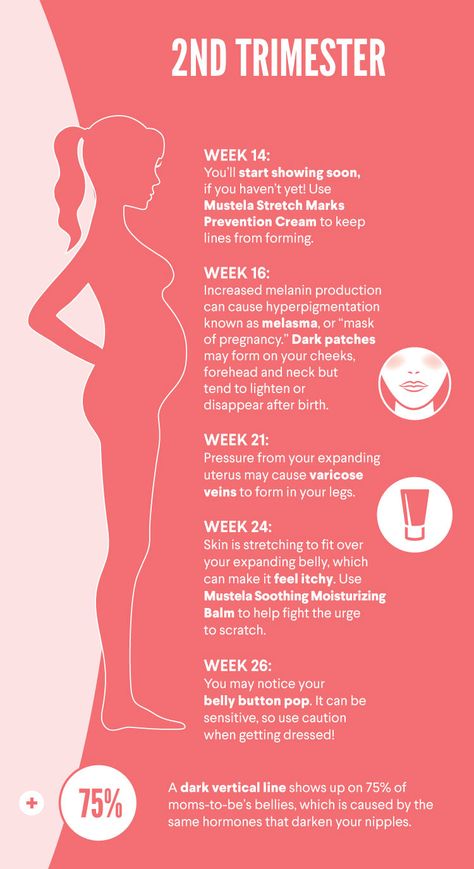 Infections, problems with the incision, and underlying health problems, such as diabetes, may also make recovery times longer.
Infections, problems with the incision, and underlying health problems, such as diabetes, may also make recovery times longer.
The most important thing a person can do to recover more quickly is to talk to their healthcare provider. They should ask lots of questions about what to expect, then follow the recommendations they receive.
People can speed up their recovery from a C-section with the following methods:
1. Get plenty of rest
Rest is vital for recovery from any surgery. Yet for many new parents, rest is nearly impossible with a newborn in the home. Newborns keep irregular hours and may sleep for only 1 or 2 hours at a time.
People should always try to sleep when the baby sleeps, or get help from a loved one so they can take a nap.
It is easy to feel overwhelmed by chores or to want to entertain visitors. But giving up sleep to put away dishes or keep the house clean can be damaging to someone’s health. It is more sensible to try to sleep as much as possible.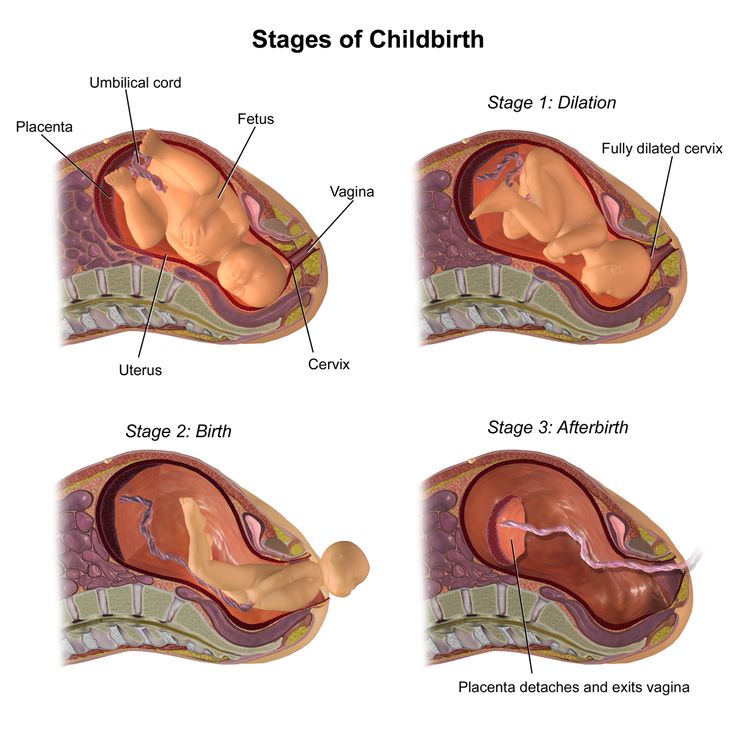
2. Ask for help
Newborns are demanding. Caring for a baby after major surgery can be exhausting, and it is not possible for all new parents to manage this alone. Ask for help from a partner, a neighbor, family, or a trusted friend.
People may benefit from lining up a meal train or a schedule of visitors who can watch the baby while they rest or take a shower.
3. Process your emotions
Giving birth can be an emotional experience for all involved.
Women who experience emergency deliveries or traumatic births, as well as those who have cesarean deliveries they hoped to avoid, may have to process difficult emotions about the birth.
These new feelings can make the transition to parenthood more difficult than it is for others, and can trigger feelings such as guilt and shame.
Many people benefit from getting help with processing these emotions.
Talk to a partner, friend, or therapist. Getting early support may help reduce the risk of postpartum depression and can help women experiencing postpartum depression to get quicker treatment.
Consider joining an in-person postpartum support group. If none are available, try taking part in online support networks. An example of this is Postpartum Support International, which offers weekly online support meetings.
4. Take regular walks
Lifting and intense aerobic exercise are out for the first few weeks of recovery. As an alternative, walking can help with staying fit and maintaining good mental health.
Taking a walk also reduces the risk of blood clots and other heart or blood vessel issues. Some new parents like walking with other new parents as part of a group, or meeting up with a neighbor to push their babies in their strollers.
5. Manage pain
There is no need to be in pain while struggling with all the other demands of new parenting. People must take the pain relievers prescribed by their doctor. If they do not work or if the pain gets worse, they should contact a healthcare provider for advice.
6. Watch for signs of infection
Some doctors will ask new parents to take their own temperature every 24 hours to monitor for signs of infection. People can consult with their doctor or midwife to ask if this is a good strategy.
People can consult with their doctor or midwife to ask if this is a good strategy.
Also, people must be mindful of other signs of infection, such as swelling, intense pain, red streaks coming from the incision, or chills. Contact a doctor or go to the emergency room if these symptoms appear.
7. Fight constipation
The combination of hormonal shifts, weaker stomach muscles, and spending lots of time lying down can lead to constipation. Severe constipation can be painful, and straining can injure the C-section incision.
Drink plenty of water and ask a doctor about taking a stool softener. Eating plenty of fiber-rich foods, such as fruit and vegetables, can help to prevent constipation.
8. Get support for breastfeeding
Having a C-section is linked to a higher risk of breastfeeding difficulties. A lactation consultant can help new parents successfully breastfeed, even when they face obstacles, such as separation from the baby after birth. If breastfeeding is not going well, people should ask for help.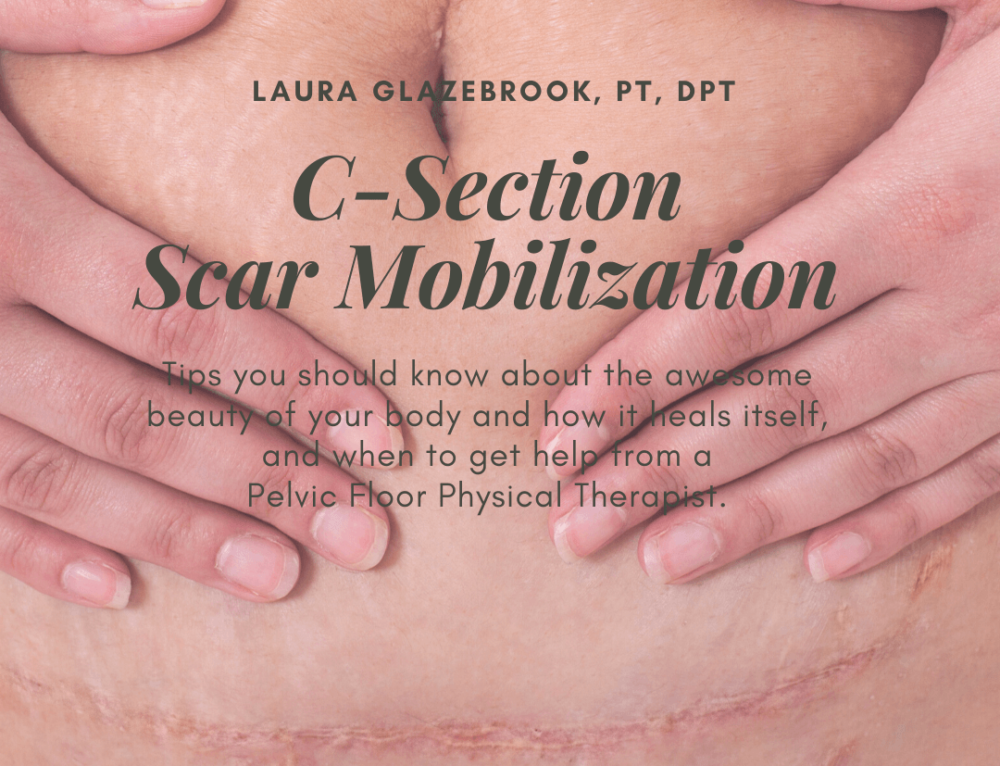
If a new parent is in pain, sitting in a comfortable, supportive chair and using a breastfeeding cushion, or nursing in a laid-back, reclining position can make breastfeeding easier.
9. Seek help for long-term issues
Some women experience long-term pain after C-section. Others experience muscle weakness, incontinence, or depression. These issues are common, and people should not feel ashamed if they have these experiences. Nor is there any need to suffer in silence.
If symptoms continue after the final postpartum appointment, a new mother should contact a doctor or midwife. They may then receive a referral to a specialist or be offered tips for resolving symptoms at home.
After a C-section, people should call or see a doctor if they experience the following:
- intense uterine cramps
- uterine cramps that go away and then return
- difficulty urinating
- frequent headaches
- anxiety or depression
People should go to the emergency room if they experience:
- bleeding that soaks through more than one pad or tampon per hour for more than 2 hours
- signs that the incision has ruptured, such as bleeding or oozing from the incision
- thoughts of harming themselves or their baby
- intense calf pain, especially if accompanied by swelling or numbness in the feet
- shortness of breath
The transition to parenthood can be difficult, especially when someone is recovering from major surgery.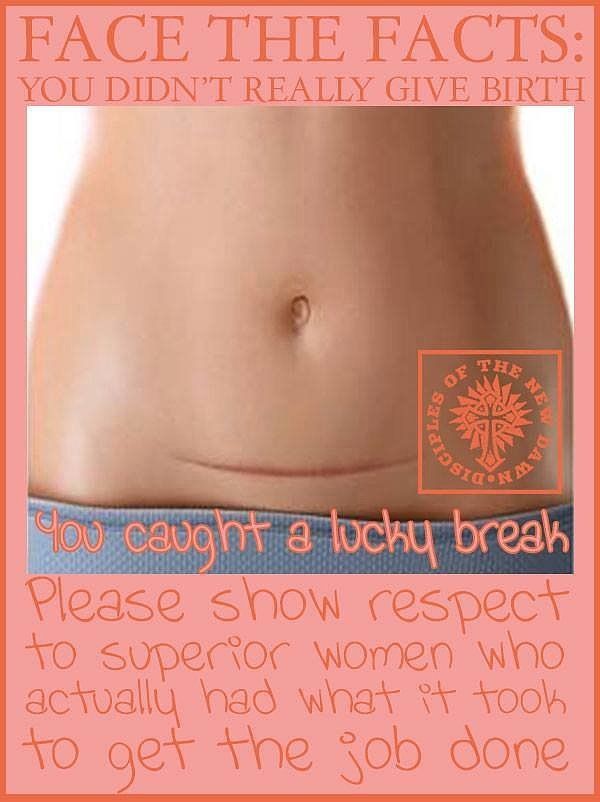 A supportive family or group of friends, caring medical staff, and reasonable expectations can make the recovery journey and the transition to parenthood feel more manageable.
A supportive family or group of friends, caring medical staff, and reasonable expectations can make the recovery journey and the transition to parenthood feel more manageable.
Many women recovering from a C-section worry about the risk of surgery in a future birth.
A generation ago, a prior C-section meant that all subsequent births had to be surgical. Now, the American College of Obstetricians and Gynecologists (ACOG) recommend that vaginal birth after cesarean, or VBAC, can reduce the risk of childbirth complications.
Most research suggests that 60 to 80 percent of women who have cesarean deliveries can have successful vaginal deliveries.
Useful information
Useful information
We have already told you how to enroll your baby in kindergarten. This material contains answers to the most common questions parents have about what to do after applying to kindergarten.
Application sent, what to expect next?
The application is submitted for consideration to a specially created commission that deals with the recruitment of kindergartens. Each district has its own, it is formed by the administration of the district of St. Petersburg (Administration).
Each district has its own, it is formed by the administration of the district of St. Petersburg (Administration).
Within 10 working days, the commission must consider the application and register the child for further enrollment. A notification about this comes to the Personal Account.
10 working days application consideration period
What does the status “Awaiting a response from the applicant” mean?
Such a status appears in the status change history if there are no free places in the kindergartens selected by the applicant. In this case, the Acquisition Commission offers a place in another kindergarten.
You can respond to the Commission's proposal only in your Personal Account by selecting one of the options:
- “Applicant agrees with the proposal of the IOGV”;
- "The applicant does not agree with the proposal of the IOGA."
In the "Checking the status of the application" section, this option is not available.
In case of refusal or absence of refusal / consent within 15 calendar days from the date of issue of the notification, the application for registering the child is transferred to the list of future pupils of the next year in the kindergartens indicated initially, with the date of registration retained.
How to understand that the queue has come up?
When your turn comes, a direction to kindergarten will be sent to your Personal Account on the portal. It is usually issued no later than June 30 (this year until August 1), and during the recruitment period - if there is free space in the kindergarten.
After receiving the referral, you must contact the kindergarten within 30 calendar days to apply for enrollment and draw up an agreement. You need to take with you:
- direction;
- original documents attached when applying.
After receiving the referral, contact the kindergarten within 30 days
What if you can't come to the garden during those 30 days?
Be sure to have time to apply to kindergarten.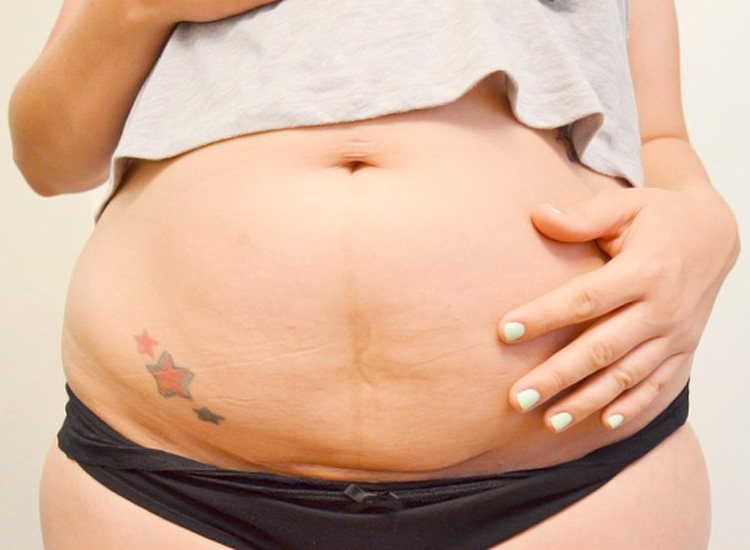 Otherwise, you will receive a no-show notice.
Otherwise, you will receive a no-show notice.
In this case, you will have to personally apply to the Commission for the recruitment of kindergartens in your area with an application to reinstate the child in the queue. Then your application will again be counted in the queue on the date of its original submission.
The child did not get a place in the kindergarten. How to be?
In this case, you may be offered one of three options:
one
Other Kindergarten (if there are places there) - in the Personal Account on the portal, you can agree with this offer or refuse it.
2
Waiting for enrollment (the child can be enrolled in the selected kindergarten later, if there is a free place).
3
List of future kindergarten pupils for the next academic year - the child is included in the list of future kindergarten pupils for the next academic year.
Fed meeting. What to expect for investors before the end of the year
The results of the Fed meeting will be published on Wednesday, November 2.
Future prospects for US monetary policy is one of the key drivers of financial markets this year.
At 21:00 Moscow time the value of the key rate and the statement (explanatory note) of the regulator will be published. Additional data on the quantitative easing program is possible. At 21:30 Moscow time, Jerome Powell will hold a press conference with additional comments on the results of the meeting.
General information
It is assumed that the key rate will be increased by 0.75 percentage points to 3.75-4% (82% probability, according to CME FedWatch). The standard option is 0.25 percentage points, however, this year there has been an acceleration. About 18% of the probability falls on 0.5 p.p. The median forecast of the participants of the Open Market Committee (FOMC) assumes an increase in the key rate to 4.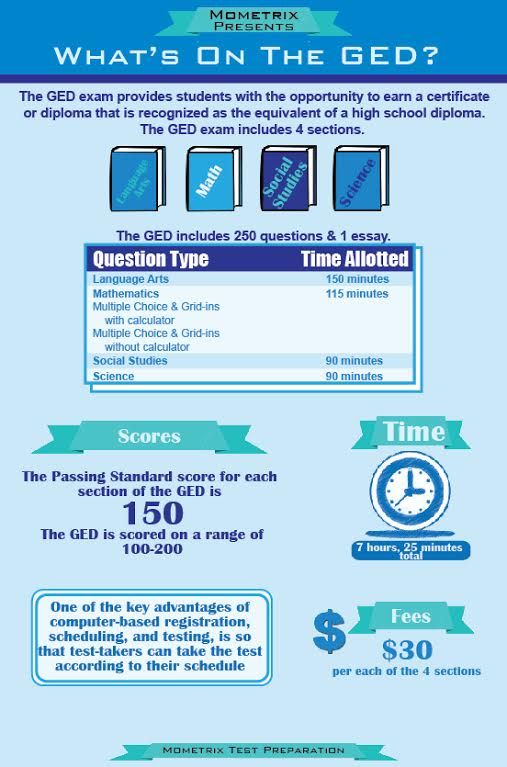 4% by the end of 2022 and to 4.6% by the end of 2023 (data for September).
4% by the end of 2022 and to 4.6% by the end of 2023 (data for September).
There are two lending programs in the interbank repo market - with limits of $500 billion and $160 billion (minimum rate of 3.25% and 3.05%).
The Fed is winding down its balance sheet by refusing to reinvest funds from $60 billion of expired government bonds and $35 billion of mortgage-backed securities per month. At the maximum in April, the indicator was $8.9 trillion, by the end of October it dropped slightly to $8.76 trillion.
The regulator will adjust monetary policy depending on economic conditions. What is important is a look into the future - the regulator's assessment of the prospects for monetary policy, taking into account inflationary risks.
See also: Treasure universe. Not only a tool, but also a key reference point”
In detail about the economy
• The general state of the economy. As a result of the September meeting, the Fed noted a moderate increase in production and spending. The political confrontation between Russia and Ukraine is causing enormous human and economic hardship. In the third quarter, US GDP grew by 2.6% (q/q), after falling by 0.6% in the second quarter. The technical recession is over. According to a recent assessment of the GDPNow service, in the third quarter we can talk about an increase in GDP by the same 3.1%.
The political confrontation between Russia and Ukraine is causing enormous human and economic hardship. In the third quarter, US GDP grew by 2.6% (q/q), after falling by 0.6% in the second quarter. The technical recession is over. According to a recent assessment of the GDPNow service, in the third quarter we can talk about an increase in GDP by the same 3.1%.
• Labor market. One of the two main factors that the Fed focuses on. The number of employed in non-agricultural. sector (non-farm payrolls) in September increased by 263 thousand, after an increase in August by 315 thousand. The unemployment rate was 3.5%, compared with 4.6% a year earlier. Since March, the trend has been sideways and fits into the concept of neutral unemployment. According to the FOMC September forecast, by the end of 2022, unemployment will be 3.8%.
• Inflation. Remains elevated. The situation reflects the imbalance of supply and demand, which has turned into a broad price pressure. The reasons are still the COVID-19 pandemic, high food and energy prices. The Fed's target level for inflation is 2%, the regulator is still aiming for its return to this level.
The reasons are still the COVID-19 pandemic, high food and energy prices. The Fed's target level for inflation is 2%, the regulator is still aiming for its return to this level.
Consumer inflation (CPI) in September to 8.2% per annum - at least for 7 months, but still not far from the 40-year high. FOMC estimate for 2023-2024 assumes the dynamics of the indicator over 3% per annum.
In detail - risk assessment
• General risks. Essentially, they haven't changed. Official data - health care, labor market conditions, inflationary pressures and inflation expectations, financial market developments, as well as international events. An important factor is geopolitics.
• Currency factor. Since the spring of 2021, the EUR/USD pair has been falling. In fact, this is a long-term trend for the strengthening of the dollar, despite the increase in ECB interest rates. A strong dollar is not beneficial for American exporters, that is, for foreign trade in the United States. This did not show up in the US GDP data for the third quarter; it was trade that made the most favorable contribution (exports minus imports) - imports fell by 6.9%, exports grew by 14.4%.
This did not show up in the US GDP data for the third quarter; it was trade that made the most favorable contribution (exports minus imports) - imports fell by 6.9%, exports grew by 14.4%.
Read also: “How Fed rate expectations are formed”
Read the BCS World Markets channel in Telegram Here you will find market reviews, investment ideas, research, educational charts.
How this will affect the markets
Wednesday's highlight is the interest rate decision and information regarding the Fed's balance sheet winddown. A look into the future will help evaluate the statement (explanatory note) of the regulator, Jerome Powell's speech.
FOMC's latest digital macro and interest rate forecast will be released in December. It is possible to improve the assessment of the economy and indicate a possible cessation of the process of raising the key rate next year. According to the derivatives segment (CME FedWatch service), with a probability of more than 50% in December, the key rate can be increased by 0.



